OPINION – When I heard about SCE Worldwide boss Shuhei Yoshida talking about an unhealthy climate for a possible successor of the PlayStation Vita, I immediately began thinkin – what’s going to happen after the Vita? Will Nintendo take monopolium, which wasn’t always the case? Will Sony put something together after all? Where to go now?
2003. The E3 of this year brought us presentations of several, nowadays still important and relevant franchises – Activision unveiled Call of Duty, Valve showed Half-Life 2, which ended up being stolen, pushing Mr. Mute’s (aka Gordon Freeman’s) return a whole year back. Consoles also saw something new. Around then, next to the PlayStation 2, Xbox and Gamecube, on the front of handhelds, there was not many options outside the Game Boy Advance (GP32 was barely about to get onto its feet, and the Wonderswan Color wasn’t even sold outside Japan, so I’m not taking that into consideration).
However, Sony said that they will enter into the handheld gaming market. Enter the PlayStation Portable, aka the PSP.
2004. Sony says they will show the PlayStation 3 next year, while Halo 2 takes attention, Nintendo finally gives its name to the next Zelda title (Twilight Princess), while also showing off the successor to the GBA, the DS. On the other side, Sony reveals the PSP.
PSP
Although the PlayStation Portable sold around half the amount of the DS, it still sold over 80 million, including its two facelifted, the UMD driveless and the budget iterations as well. So, while both handhelds were selling like no tomorrow, the DS won this battle. Still, the PSP got a few excellent titles (God of War: Chain of Olympus, Metal Gear Solid: Peace Walker, Tekken: Dark Resurrection, Grand Theft Auto: China Wars, Ridge Racer, Persona 3 Portable, just to name a few!), which showed that the handheld does pack a punch. On top of it, it could run PlayStation 1 games, so with some clever moves – or using the PlayStation Network – we could run the PS1 Gran Turismo games, in case the UMD wasn’t near around us. UMDs did not always contain games, there were even movies sold on this little disc format.
Go
Sony’s first bad step was releasing the PSP Go in 2009. It was in such a deep quicksand that its production got halted in no less than two years. Why was the Go a flop? It did not have a UMD drive. So if you had a PSP already with several games on UMD, you couldn’t use them that easily – instead, the Go came with a 16 gigabyte internal storage. Oh, and you couldn’t even replace the battery without losing the void, so Sony was already thinking of relaunching the Go in 2010… in the end, they stopped manufacturing the Go in order to concentrate on the next Sony handheld…
Vita
In 2011, both companies gave a boost to their handhelds: Nintendo stepped into the third dimension, evolving the good old DS into the 3DS, while Sony also went for a touchscreen, but they tried something else. Their handheld not only had an OLED front touchscreen, they also designed a touchpad for the back of the console.
The PlayStation Vita was born. New “Life” was in Sony’s veins. Sony went for more power again instead of innovation, and we can’t blame them. But because of this, the tradition continued, if we look at the sales data of the 3DS and the Vita – while the 3DS is way over 50 million sold copies, the Vita was barely able to scrap together 1/5 of it. Why is that?
First, the rear touchpad isn’t an easy thing to program for. While touch screens are not much of a problem nowadays, this rear extra was something else. This is why it seems that after the initial support, developers and publishers seemed to have left the Vita behind.
„It ain’t got gaaaaaames!”
Think about it: Tearaway and Gravity Rush both started as Vita games, but they both eventually ended up receiving PlayStation 4 ports. It happens the other way around too: Resident Evil Revelations 2 for example got a Vita port. Or Dynasty Warriors 8: Empires, or… Farming Simulator 16. I just took a look at the release dates: the Vita barely has anything with a concrete release date, a ton of titles have a TBA 2015 launch date.
This looks sad, and it also points out the Vita’s weak situation. Not to mention the bad Vita ports (Borderlands 2 anyone?).
Also, even apps are slowly leaving the handheld behind: YouTube’s app is not available anymore, and I think you can’t even use Facebook this way either. So while the Vita might be good for web browsing, this is not what Sony made it for. The future looks quite bleak on this front.
ReVitalization?
After Shuhei Yoshida‘s comments, the future is definitely not rosy. He says that the touch screen-mobile games’ situation would make a successor’s launch unhealthy, so Sony would be in trouble if they made a new handheld. This means that Sony might not stay in the handheld market after the Vita. If we don’t include the iOS/Android platforms, Nintendo will be the sole competitor on the handheld gaming front.
That wouldn’t be a healthy situation, because rivalry can put quality standards higher, while the prices might get lower. The price – this is actually one of the Vita‘s weak points actually.
What could happen then? Nintendo can create a new handheld (and I don’t want to guess its name), and if Microsoft doesn’t take Sony’s spot, then Nintendo – having already a deal in place for releasing games on mobile – would only have to deal with iOS and Android. Would it be good for us? I don’t know.
Vita2?
What would Sony need to do to have a successful successor to the Vita? Three things: good hardware, no non-sense development and support from both third and first-party developers. On the front of hardware, Sony wouldn’t have a problem, because Vita was alright at launch – albeit at the cost of a higher price -, so this wouldn’t be an issue for the Japanese company. Then, the development: Sony should make a platform that is easy to develop for. It doesn’t look like anyone is really serious about the Vita outside indie developers. (This could be a good move in the future though.)
Speaking of support: this should be kept up even years after launch – what’s the point of making a game for the Vita and then pretty much not improving on the sequels? *cough ccough FIFA Legacy Edition cough cough*
If these are present, only the price would be the question. If Sony would risk a lower price at launch to get more sales in (PS4 anyone?), on the longer term, money would drop in, especially with new games. Think about it: Bloodborne on a new Sony handheld? Gran Turismo 7? A… new Crash Bandicoot game? With these steps – and good developers!!! – Sony could fight back against Nintendo. Or, at least they would have more chance to shine, not just in Japan.
RIPta
The Asian Sony PlayStation Facebook page already considers the Vita dead, and in our thoughts, we are thinking likewise. Sure, the PlayStation Vita TV is dirt cheap, but you would have to get a TV and a DualShock 3 to use it, as it has no screen, or controllers/buttons. And the regular Vita – whose second version got a basic LED screen, probably to cut back costs and losses, I find it a bad move – will probably never stand back on its feet anymore. While I can keep on dreaming of getting one (just to be honest here, no more!), I hope that Sony will consider not leaving the handheld industry. The first-party development is pretty much over for the Vita, and Sony is unlikely to get the Vita more support. This is dead-on awful for Sony at the moment.
-V-

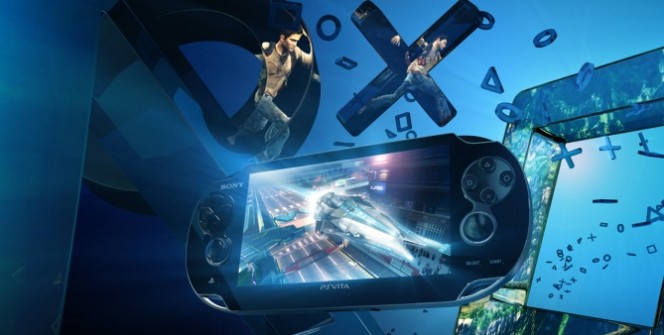
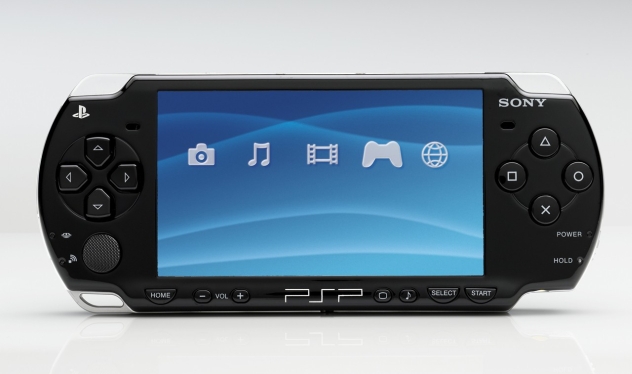
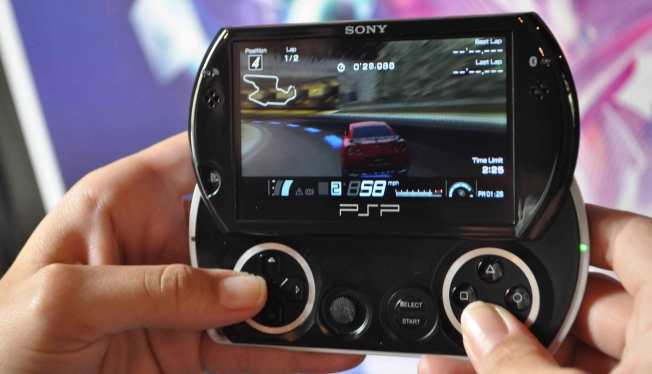
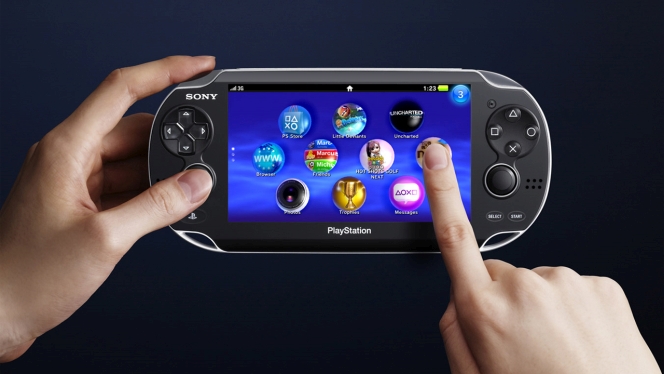
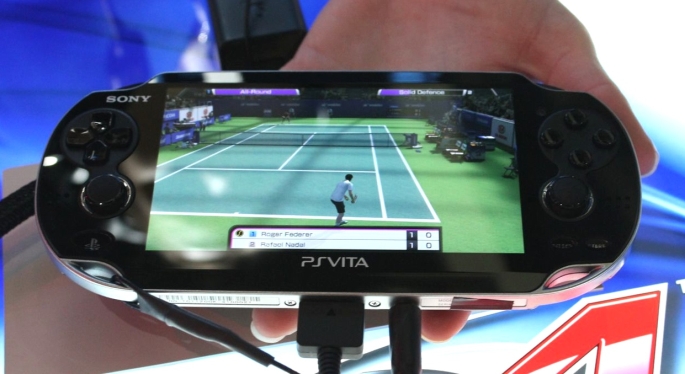
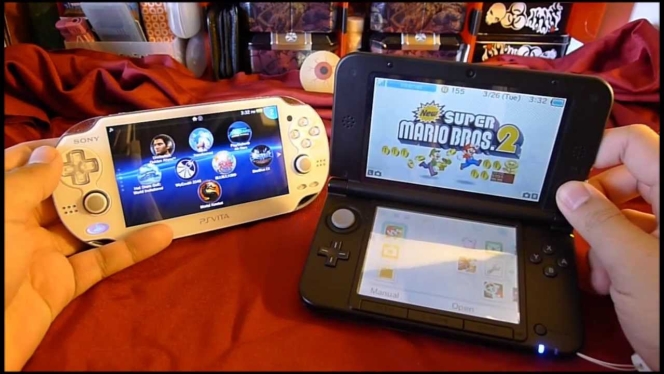
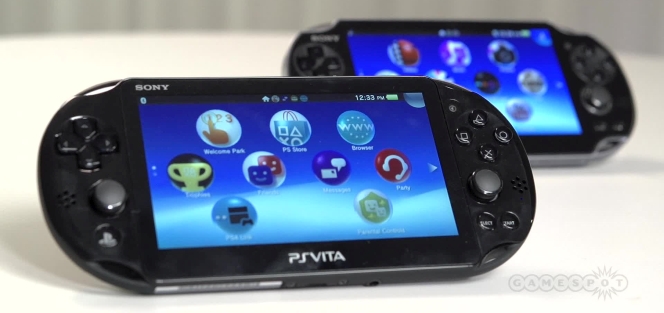
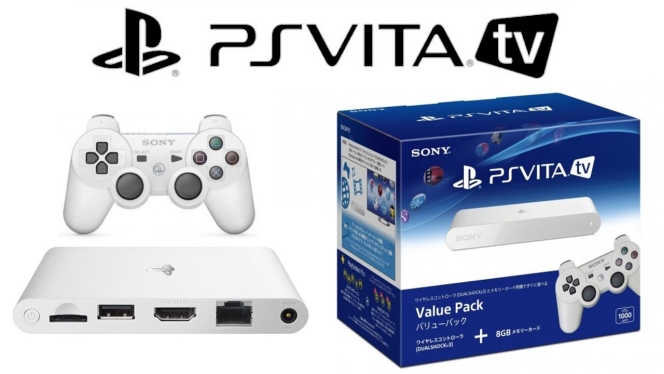















Seriously…they can easily reVITAlize the VITA by giving it an ANDROID OS app, I bet you it will be of better use rather than gathering dust in my TV shelf somewhere, us VITA users will be happy!